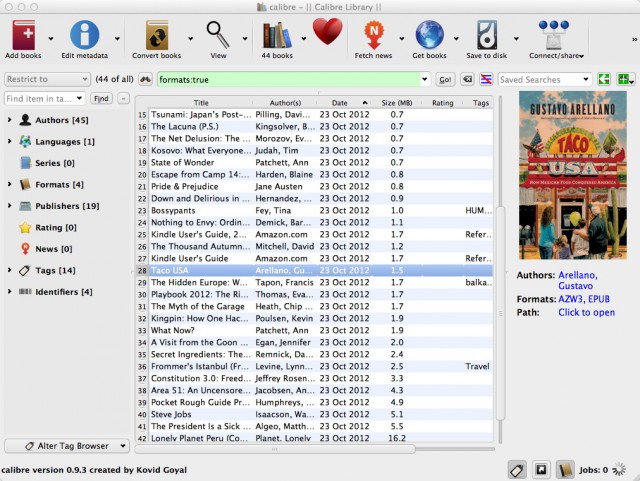

In this case, Export to Excel behaves the same way it does with the lists, it essentially exports the whole table (rows and columns) – the result is the table appearing in Excel instead of SharePoint. When you have a document library without folders, but with metadata, you probably do not need to worry about restructuring much however, you might need to perform some analysis, reporting using formulas and charts, which requires Excel. Make decisions about document library restructuring.Analyze the folder depth of the library.See, at a glance, document library contents.

Analyze the content of the document library.When you open the above file, it will Open Excel document that looks like this:Įssentially what it does, it extracts the path of each and every folder and document and lists each item on a separate row.It will download the query.iqy file to your computer.In the below example, I have a typical document library with several levels of folders/subfolders and documents inside of that folder. It would be best to show how this works with two different document libraries: one with folders and one with metadata since the Excel file might be used differently in those two cases. This is one of those posts after which you will be saying: “Wow, I did not know I could do that”! Let me explain. It might come in very handy if you need to evaluate the contents and structure of your document library. You might be wondering what the potential benefit of this is. We also happen to have the same functionality with SharePoint document libraries. This makes sense and might be required in some cases if you need to build out some reporting capabilities/formulas with the data. In the past, I have blogged about exporting a SharePoint/Master List to Excel.


 0 kommentar(er)
0 kommentar(er)
